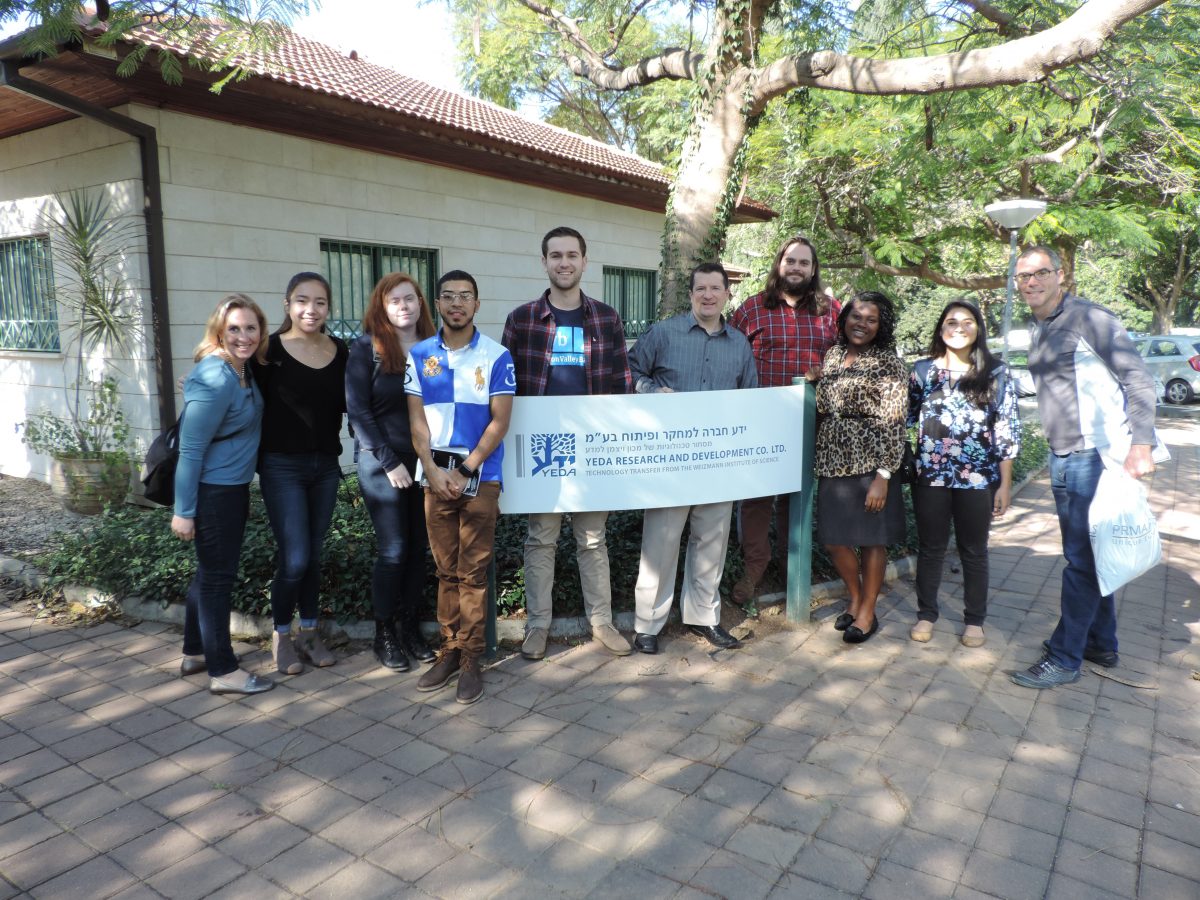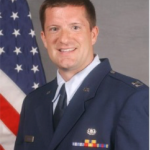This is the start of our fourth full day in Israel. The pace is intense. By observing the culture of Jerusalem, the West Wall, and the Dead Sea we are starting to understand the nation and its people. The reoccurring sight of armed police and soldiers started to get routine until we went to the border with Jordan yesterday and witnessed the live mine fields which brought the reality of past despair, suffering, and a feeling of isolation knowing that there were three more borders (Lebanon, Syria, and Egypt) not including the chaos in the Gaza Strip and to a lesser extent the West Bank. The isolation of Israel I equate to the battle of David versus Goliath as little Israel is simply disliked (because of religion) and outnumbered by its numerous neighbors. Well, yesterday we made the trip from Jerusalem to Tel Aviv and today we have power-packed meetings with the Weizmann Institute and their tech transfer office, Yeda Research and Development Co., Ltd.

The Weizmann Institute of Science was formed 14 years before the State of Israel came into existence. The Institute is a research facility for biology, biological chemistry, chemistry, physics, mathematics and computer science. There are over 175 staff scientists and students. The founder of the Institute, Dr. Chaim Weizmann, wanted a comfortable American/European style campus where faculty research scientists lived alongside their students to maximize the exchange of ideas and innovation. It is in pursuit of that objective that students attend on full scholarship, live on campus, and receive a small stipend. The mission of the Institute is “curiosity leads Institute scientists to broaden human knowledge, to make new discoveries – for the benefit of humanity.” Scientists are required, first and foremost, to follow their own curiosity. The Institute receives over $100M in grants each year (45% from Europe, 40% from Israel, 10% from U.S., and remaining from others). While the scientists are encouraged to conduct research for research sake, the Institute recognized that their inventions needed to get to market. To accomplish that purpose they soon created the Yeda, the first technology transfer company, to capture and protect the inventions discovered by the Institute and to then find businesses that could market or make use of its technology.

Income from licensing goes back into the Institute to fund more research with a percentage going directly to the research team. The incentives to invent, patent, and bring products to market has never been greater. To make this happen there is collaboration between inventors, business professionals, and venture capital investors. Although this model takes place in the U.S. in some instances it should be considered for greater replication in depressed areas in an effort to increase company formations and jobs.

This post written by: Steven Jenkins

Steven R. Jenkins, JD, LL.M, CPA, MBA: I am employed with Manafort Brothers Incorporated as its General Counsel and Compliance Officer. Through the UConn Law School, I am currently completing an LL.M. in Intellectual Property and Environmental law. My overseas studies thus far include England, Mexico, Brazil, Argentina, China, and Dubai. This trip to Israel is of interest to me as Israel is a meca for political, theological, and business issues. My goal is to compare Israel to the United States and the other countries I have studied in with a focus on business and intellectual property. (what intellectual property rights & protections exist).